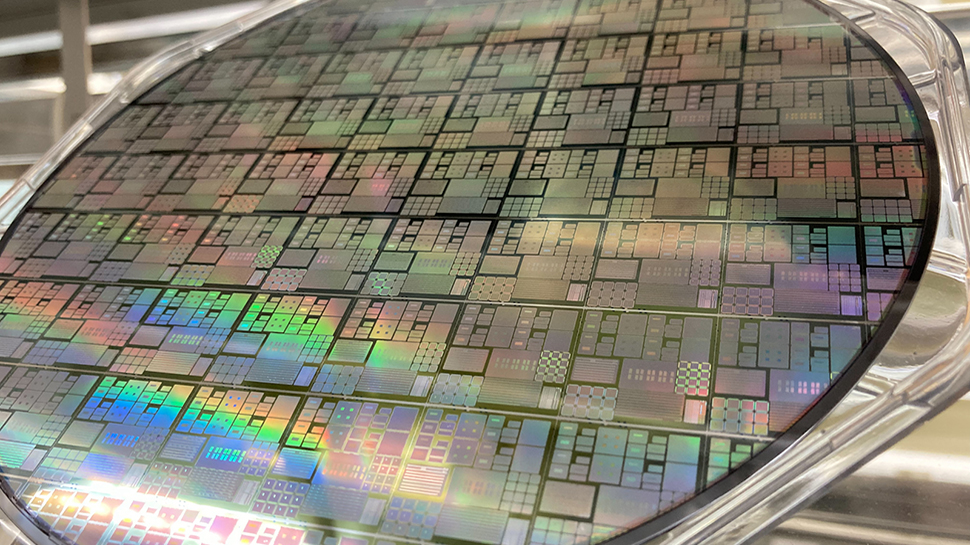"Perfect" memory that could one day replace three types of storage gets very early prototype — SOT-MRAM is cache, system memory and storage rolled into one
Newly developed memory cell combines high-speed performance with low power consumption

Industrial Technology Research Institute (ITRI) and Taiwan Semiconductor Manufacturing Company (TSMC) have announced the creation of a SOT-MRAM (spin-orbit torque magnetic random-access memory) array chip, the result of a joint development program first announced in 2022.
Touted as a potential replacement for STT-MRAM (spin-transfer-torque MRAM), the new SOT-MRAM could be used for computing in memory architectures and as an alternative for high-density last-level embedded cache applications. It requires just 1% of the operating electricity consumed by its predecessor and is said to be faster than DRAM.
ITRI and TSMC published a new research paper on this microelectronic component, at the 2023 IEE International Electron Devices Meeting (IEDM 2023).
Still hurdles to overcome
Dr. Shih-Chieh Chang, General Director of Electronic and Optoelectronic System Research Laboratories at ITRI, said “Following the co-authored papers presented at the Symposium on VLSI Technology and Circuits last year, we have further co-developed a SOT-MRAM unit cell. This unit cell achieves simultaneous low power consumption and high-speed operation, reaching speeds as rapid as 10 nanoseconds. And its overall computing performance can be further enhanced when integrated with computing in memory circuit design. Looking ahead, this technology holds the potential for applications in high-performance computing (HPC), artificial intelligence, automotive chips, and more.”
The rise of AI, 5G, and AIoT has spurred the need for faster processing and novel memory solutions that offer superior speed, stability, and energy efficiency. This breakthrough potentially paves the way for next-generation memory technology but there are issues.
As Tom’s Hardware points out, “While SOT-MRAM offers lower standby power than SRAM, it needs high currents for write operations, so its dynamic power consumption is still quite high. Furthermore, SOT-MRAM cells are still larger than SRAM cells, and they are harder to make. As a result, while the SOT-MRAM technology looks promising, it is unlikely that it will replace SRAM any time soon. Yet, for in-memory computing applications, SOT-MRAM could make a lot of sense, if not now, but when TSMC learns how to make SOT-MRAM cost-efficiently.”
More from TechRadar Pro
- Samsung to showcase the world’s fastest GDDR7 memory next month
- SO-DIMM laptop memory sticks to disappear
- Computer RAM gets biggest upgrade in 25 years
Are you a pro? Subscribe to our newsletter
Sign up to the TechRadar Pro newsletter to get all the top news, opinion, features and guidance your business needs to succeed!

Wayne Williams is a freelancer writing news for TechRadar Pro. He has been writing about computers, technology, and the web for 30 years. In that time he wrote for most of the UK’s PC magazines, and launched, edited and published a number of them too.